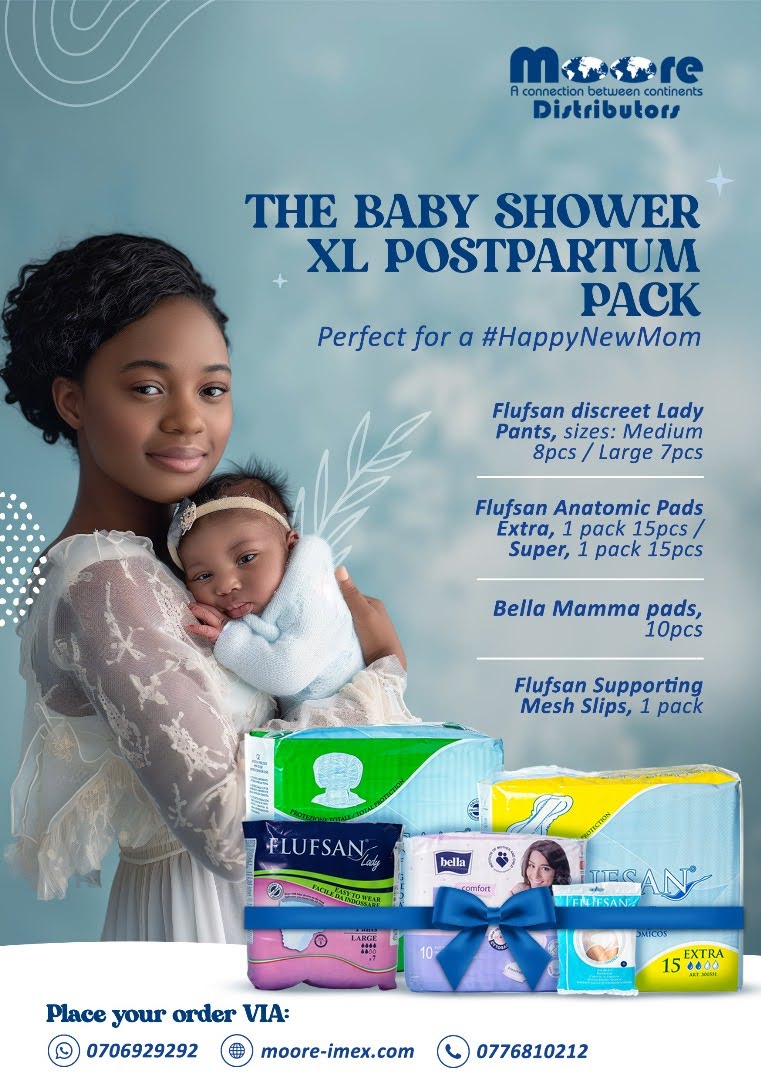Urinary incontinence is the involuntary leakage of urine. This medical condition is common in the elderly, especially in nursing homes, but it can affect younger adult males and females as well. Urinary incontinence can impact both patient health and quality of life. The prevalence may be underestimated as some patients do not inform health care providers of having issues with urinary incontinence for various reasons.
Etiology/Causes
The 5 types of urinary incontinence and their causes are listed below:
- Stress urinary incontinence is the involuntary leakage of urine that occurs with increases in intraabdominal pressure (e.g., with exertion, effort, sneezing, or coughing) due to urethral sphincter and/or pelvic floor weakness. Young women active in sports may experience this type of incontinence. In addition, pregnant women and women who have experienced childbirth may be prone to stress urinary incontinence.
- Urge urinary incontinence is the involuntary leakage of urine that may be preceded or accompanied by a sense of urinary urgency (but can be asymptomatic as well) due to detrusor overactivity. The contractions may be caused by bladder irritation or loss of neurologic control.
- Mixed urinary incontinence is the involuntary leakage of urine caused by a combination of stress and urge urinary incontinence as described above.
- Overflow urinary incontinence is the involuntary leakage of urine from an overdistended bladder due to impaired detrusor contractility and/or bladder outlet obstruction. Neurologic diseases such as spinal cord injuries, multiple sclerosis, and diabetes can impair detrusor function. Bladder outlet obstruction can be caused by external compression by abdominal or pelvic masses and pelvic organ prolapse, among other causes. A common cause in men is benign prostatic hyperplasia.
- Functional urinary incontinence is the involuntary leakage of urine due to environmental or physical barriers to toileting. This type of incontinence is sometimes referred to as toileting difficulty.
Epidemiology
Accurate prevalence data is difficult to obtain due to issues such as underreporting, use of differing definitions for urinary incontinence, and varying study designs. It is estimated that around 423 million people (20 years and older) worldwide experience some form of urinary incontinence.
In Uganda the prevalence of UUI and SUI is estimated at 27%; however, this could be even higher since most women with incontinence do not present due to stigma. The prevalence is 50% or greater among residents of nursing facilities. Caregivers report that 53% of the homebound elderly are incontinent. A random sampling of hospitalized elderly patients reports that 11% of patients have persistent urinary incontinence at admission, and 23% at discharge.
24% to 45% of women report some degree of urinary incontinence. 7% to 37% of women ages 20 to 39 report some degree of urinary incontinence. Daily urinary incontinence is reported by 9% to 39% of women over age 60. Increased risk of urinary incontinence was associated with pregnancy, childbirth, diabetes, and increased body mass index. 11% to 34% of older men report urinary incontinence, with 2 to 11% reporting daily occurrences. Increased risk is associated with prostate surgery. In general, the prevalence of men is about half that of women.
The estimated prevalence for the types of urinary incontinence are as follows:
- Stress urinary incontinence – 24% to 45% in women over 30 years.
- Urge urinary incontinence – 9% in women 40 to 44 years; 31% in women over 75 years; 42% in men over 75 years.
- Mixed urinary incontinence – 20% to 30% of those with chronic incontinence.
- Overflow urinary incontinence – 5% of those with chronic incontinence.
- Functional urinary incontinence – Uncertain Whereas some epidemiological studies show a prevalence of UI of 26.5% in women aged between 35 and 64 years, and 41% in those older than 65 years, in Uganda the prevalence of UUI and SUI is estimated at 27%; however, this could be even higher since most women with incontinence do not present due to stigma.
Treatment/Management
Treatment and management are dependent on the type of urinary incontinence. Conservative, pharmacologic, and surgical modalities exist. Treatment and management should begin with the least invasive methods and then escalate as appropriate:
Stress urinary incontinence:
- Conservative management – behavioral therapy (controlling fluid intake, prompted voiding, constipation management, etc.), electrical stimulation, mechanical devices (cones, pessaries, urethral plugs), pelvic floor muscle strengthening (Kegel and floor muscle exercises), weight loss.
- Pharmacologic management – alpha-adrenergic agonists (e.g. phenylpropolamine), duloxetine (not FDA approved).
- Surgical management – intravesical balloons, trans- or periurethral injections of bulking agents, sling procedures, urethropexy.
Urge urinary incontinence:
- Conservative management – similar to the treatment for stress urinary incontinence with the exception of mechanical devices.
- Pharmacologic management – antimuscarinics (e.g., darifenacin, solifenacin, oxybutynin, tolterodine, fesoterodine, trospium), topical vaginal estrogen (not FDA approved), mirabegron.
- Surgical management – neuromodulation, onabotulinumtoxinA injection.
Mixed urinary incontinence:
- Treatment and management as above, focusing on dominant symptoms.
Overflow urinary incontinence:
- Conservative management – clean intermittent catheterization, indwelling urethral catheter, relief of obstruction.
- Pharmacologic management – alpha-adrenergic antagonists (e.g. terazosin, tamsulosin).
- Surgical management – suprapubic catheter.
Functional urinary incontinence:
- Underlying causes should be addressed or alleviated if possible.
Most women use improvised sanitary pads to contain the leakage.
By Dr. Nsenga Joseph



